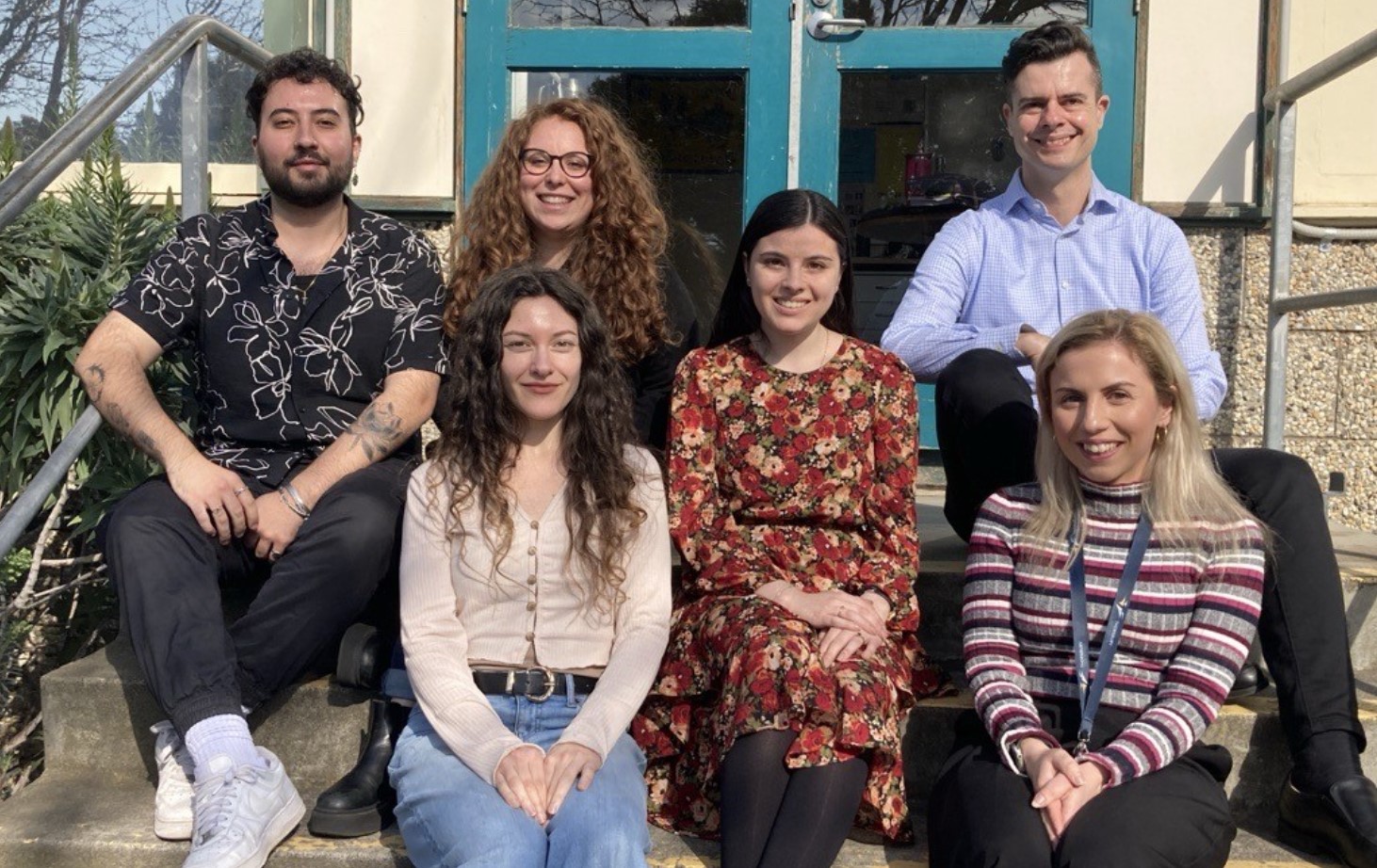MELBOURNE – The commitment, expertise and enthusiasm of the teachers at Thornbury High School have made their Italian immersion program truly stand out.
Through a CLIL (Content and Language Integrated Learning) approach, students in Years 8 to 10 can attend a variety of lessons in Italian.
“In Year 8, for instance, they study history, geography and performing arts in Italian,” explained Alessandra Borg, the school’s languages coordinator.
This innovative program took shape when Italian teacher Max Tosi joined the school. Drawing from his extensive experience (he implemented a similar project elsewhere), Tosi helped launch a successful immersion program at Thornbury High in 2021.
“In Year 7, we get to know the students, and by assessing their strengths and characteristics, we aim to create balanced classes for the following year,” he explained.
“Often, those who excel in languages aren’t necessarily the top students academically, but those who possess other qualities alongside academic ability.
“It takes personality, risk-taking, creativity and strong communication skills - qualities that go beyond just being a perfectionist.”
The only limitation comes from the students themselves, “when they decide early on that they don’t want to study a language and miss the opportunity”.
“But most students are ready to rise to the challenge.”
The dedicated group of Italian teachers strives to offer as many opportunities as possible to immerse students in Italian language and culture.
For years, Thornbury High School has maintained a strong partnership with Liceo Malpighi in Bologna, running an annual exchange program coordinated by Tosi.
Last year, Australian students travelled to Italy, where they stayed with host families for a week.
From July 22 to August 11 this year, Italian students visited Melbourne, accompanied by their teacher, Erika Romagnoli.
For Italian student Filippo, it was an intense and unique experience. Filippo described his time in Australia with enthusiasm, highlighting the warm welcome he received from his Australian peers.
Another student, Ginevra, shared her thoughts on the differences between the two school systems. “I participated in Italian, history and filmmaking classes. The approach to learning is different,” she said.
“There are many more activities designed to engage students and they use technology more. Australian schools are definitely more fun and engaging than Italian ones.”
Meanwhile, Chiara reflected specifically on language learning. “I noticed that in lessons, teachers don’t speak to students in the language they’re trying to learn, which I think makes students rely on English rather than Italian,” she pointed out.
On a personal level, the exchange was a remarkable opportunity for growth, allowing students to adapt to different cultures and lifestyles while they formed lasting friendships.
Alexander Crawford, a Year 12 student at Thornbury High, also participated in the Bologna exchange and shared similar feelings, describing it as a pivotal experience.
“I chose to study Italian in Year 7 because my great-grandparents emigrated from Italy,” Alexander explained.
“I thought reintroducing the language to my family would be meaningful. In Year 10, I went on exchange to Liceo Malpighi, which was the most important part of my language-learning journey.
“It improved my Italian and kept me motivated through full immersion in the language and culture. It also gave me confidence and helped me become more outgoing.
“I’d love to continue studying Italian at university, and since Melbourne Uni offers an exchange in Bologna, I’d like to go there.”
Alexander is always seeking new ways to practise his Italian, which is why he and his family regularly host language assistants and exchange students from Italy.
“I also stay in touch with my Italian friends, messaging and talking on the phone,” he added.












